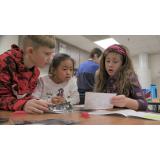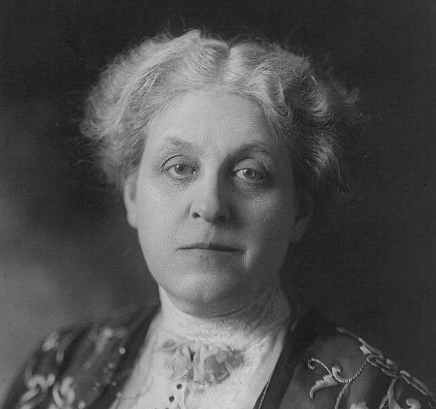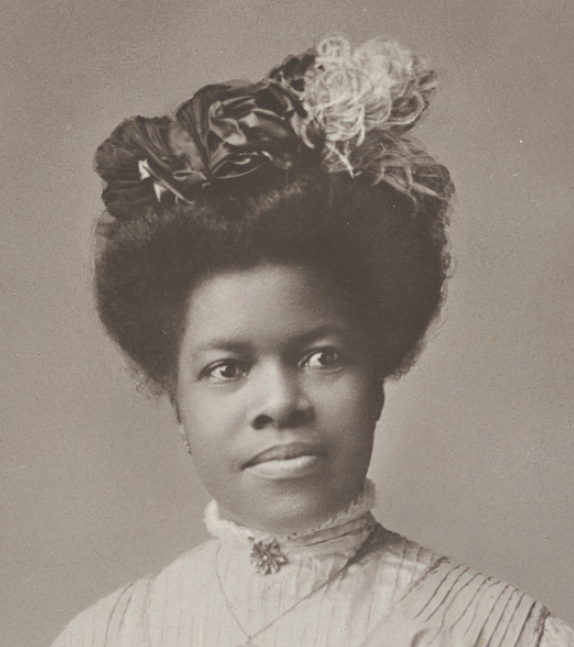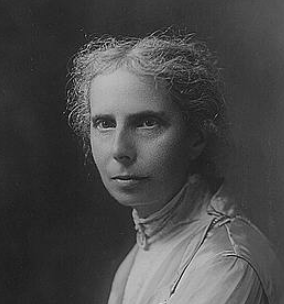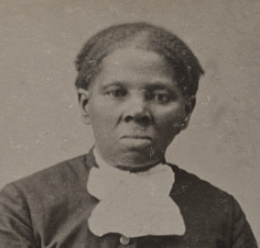
This beautifully written Minerva's Kaleidoscope blog post—Traces of Homeland—was developed by Library of Congress High School Summer Internship virtual participants Hannah Cho and Jawhar Yasin. The students worked under the mentorship of Library program specialists Jennifer Ezell and Katie McCarthy to add teen perspectives to the David M. Rubinstein Treasures Gallery: Collecting Memories exhibition.
Their message about the importance of representation, being seen, and celebrating the richness that diverse cultures and perspectives bring to our nation is very powerful.
Hannah and Jawhar identified and made connections to two fascinating objects from the above collection related to the theme of Homeland:
- What We Carried: Fragments from the Cradle of Civilization
- Las calles rotas de mi ciudad / The Broken Streets of My City
After they broadened their search across the Library to find sources representing "diaspora cultures across the world". Their finds included the following:
- a photograph of Young lamas learn to play horns and an oral history of a Tibetan sharing his experiences living in India (English transcription)
- an event recording of a traditional Korean song and dance performance
- a wall mural entitled "Melting Pot at Capitolo Playground"
Hannah and Jawhar also provided some wonderful suggestions for activities and reflection that ask other youth to make connections to Library sources, their own treasured items, and newly created sources that represent themselves, their homes, and their cultures.
What takeaways resonate with you?
What sources and strategies might you incorporate into your curriculum to broaden its cultural relevance?
The Minnesota Historical Society (Inquiry in the Upper Midwest project) is proud to share our most recent grant project: Empowering Communities with Local History. This program aims to develop elementary school teachers to find local, reputable primary sources that they can use with their students to learn about the history of their communities in connection with larger events and turning points required by new social studies state standards. In a series of four presentations, trainers instruct teachers in finding and evaluating primary sources, uncovering local stories through which students can study national and international historical events, and centering stories and histories that have been marginalized, erased, or ignored to create a more community-driven classroom, providing opportunities for students and teachers to unite with community members to tell their stories and advocate for their future. Ultimately, this project will develop a process for finding local history sources that can be replicated across the state and the TPS consortium through future grant-funded projects by the TPS Midwest Region as well as potentially the East and West Regions.
---------------
Here's a snippet from one of our sessions:
We started with this image from the Library of Congress (also part of our Youth Movements primary source set):

Clinton, TN, school integration conflicts
After engaging in an "Observe - Reflect - Question" analysis, we made connections. As Minnesotans, we may think of the Civil Rights Movement as something that took place far away in the Southern states. Students may not see a personal connection to their place and history here. How can we connect this to St. Paul?
Enter local community organizations! Here are two primary source photographs to enrich understanding:

NAACP members picketing outside Woolworth's for integrated lunch counters, St. Paul.
One way Minnesotans participated in the Civil Rights Movement was through boycotts. Woolworth's lunch counters in Minnesota were integrated, but these NAACP members in St. Paul still picketed to push the company to integrate their stores nationwide.

“NAACP Youth Group,” circa 1960. Courtesy of Hallie Q. Brown Community Archives.
Searching a local community organization, the Hallie Q. Brown Community Archives, pulled up this photo. From left to right, the young men are Sandy Stephens, Ronnie Harris, and Judge Dickson. Further digging suggests all three were football players at the University of Minnesota!
These stories can connect students in St. Paul, Minnesota to the nation-wide Civil Rights Movement, making it come alive!
---------------
What are your experiences with teaching local history with primary sources and community organizations? What questions or ideas do you have?
Contact: Meghan Davisson
3 - 5 Pre K - 2 Social Studies/History Primary Sources Local History
Naiomi Glasses represents the 7th generation of Dine (Navajo) weavers in her matrilineal line. She is also the first artist in residence for the Ralph Lauren fashion house. She is 26 years old and lives in Dinetah in northern Arizona. And, yes, she skateboards in a skirt. Glasses is, in her ancestral language, a Dine asdzaan (Navajo woman) CBS Sunday Morning Video
Her designs for both Ralph Lauren and Sackcloth & Ashes (a native-owned brand) incorporate traditional Dine designs in a respectful way. Other design houses have come under fire for cultural appropriation -- using Native designs not created by Native designers.
Navajo weaving is a fairly new endeavor that began with the introduction of sheep, specifically churro sheep, by the Spanish colonizers under Juan de Onate. Both men and women weave.
One of the most important things that we can do when teaching about Native America is to teach the past AND the present. Far too many adults (and, sadly, students) think that all Native people are extinct. Teach the present. Use the platform of people like Naiomi Glasses to illustrate that our Native nations are very much alive and thriving.
Navajo loom diagram (ASU collection)
Hastine-Ush-Klish-ah-Soon (the term "Hastiin" or "Hosteen" is an honorific for a healer)
Hastiin Klah, noted two-spirit weaver and healer, founder of the Wheelwright Museum
The Making of a Navajo Blanket, 1902
Map of the boundaries of the Navajo Nation
Navajo Nation official website
Pre K - 2 3 - 5 6 - 8 9 - 12 13+ Social Studies/History Native American Navajo Women's History Arts and Primary Sources
I just read the wonderfully written blog post, “Heavy is the Hair: Evolution of African Hair in America from the 17th c. to the 20th c.” by Majestie Varnado, which would make a great reading assignment for students working on searching for primary sources in online archives.
Varnado starts personal and engaging: "Reading the term “good hair” brought me back to hearing it for the first time in my childhood, where a hot comb burned my scalp in my mother’s kitchen." She shares how her own view of hair evolved as she grew up.
And then she applies that same sharing to the experience of trying to find information in the Library of Congress collections: the challenges of search terms, the people who helped her, the history intertwined with those challenges.
The anecdote that really got me was (I bulleted it for emphasis here):
- "As a student pursuing a degree in Library and Information Sciences, it is my job to not only be an expert on database searching but also be able to evaluate the best searching strategies for any given database. On top of that, I grew up on the internet. Finding information online is a no-brainer for me.
- "But I found myself discovering information I needed by accident rather than on purpose.
- "For instance, searching photos, prints, and drawings for “African American braids” in the catalogs yields five results, and only one of them features a Black subject.
- "Instead, I found pictures of African Americans with braids within an interview for the Occupational Folklife Project: Hairdresser and Beauty Shop Culture in America collection. These pictures, included with the interview, do not show up in a general search.
- "If I were an ordinary user, I’d see that first search [which I bolded above] as indicative [the complete and limited extent] of the Library’s archives."
Which brings me to indexing. Last year, in a session among consortium partners, the cultural impact of "metadata" or indexing terms was one of the topics that stuck with me. I am not in the classroom, but I am struck by the impulse to construct a lesson that would make students stop and think about the features that enable them, and others, to FIND and SEE things in our highly indexed, digital world. What makes them visible. WHO makes them visible? How can we influence who can find what?
https://www.loc.gov/item/2017655358/
Social Studies/History #African-American Black Hair #Search Terms Technology
I have found a treasure-trove of resources that teachers can share with students to show the dynamic, present continuity of Indigenous nations in the USA, and that teachers can look to for examples of sustaining and elevating home language in schools, whatever students' heritage language may be.

The Office of English Language Acquisition (OELA), in the U.S. Department of Education publishes a newsletter that often has great resources. In a November 21, 2023 blog post linked in the most recent edition, there was a piece on a school that had received funding for sustaining tribal language: Red Cloud Indian School in South Dakota.
- In this blog, discover more about the work the students are undertaking to promote and preserve their language, traditions, and identity.
In the blog post, there were links to
- the Woiwahoye Gluotkunzapi podcast channel on Apple Music,
- a Facebook video of a kindergartener discussing her monster creation as part of the school's monthly "Owáyawa Wópazo," which features elementary students engaging in public speaking and demonstrations, all conducted in Lakȟóta (this video is from October, 2023 and is 97 seconds long), and
- a monthly newsletter created by the 5th grade class filled with wonderful pictures showcasing the learning and discoveries taking place within the school.
And in the newsletter, as I hope you will notice in the image above, there is a link to a historic primary source of vital Lakȟóta culture back in 1883, the newspaper Iapi Oaye - The Word Carrier. I don't know if this link will work, but if not, go to the student newsletter and click from there.
Has anyone used Lakȟóta or other period newspapers in their classrooms? I would love to hear about it.
A recent post by  Robert Scarlett
on Josephine Baker reminded me of this great map of "Harlem Renaissance Hot Spots."
Robert Scarlett
on Josephine Baker reminded me of this great map of "Harlem Renaissance Hot Spots."
It was created by Elmer Simms Campbell (1906–71) - an illustrator and the first Black American to be nationally syndicated with his cartoon strip "Cuties."
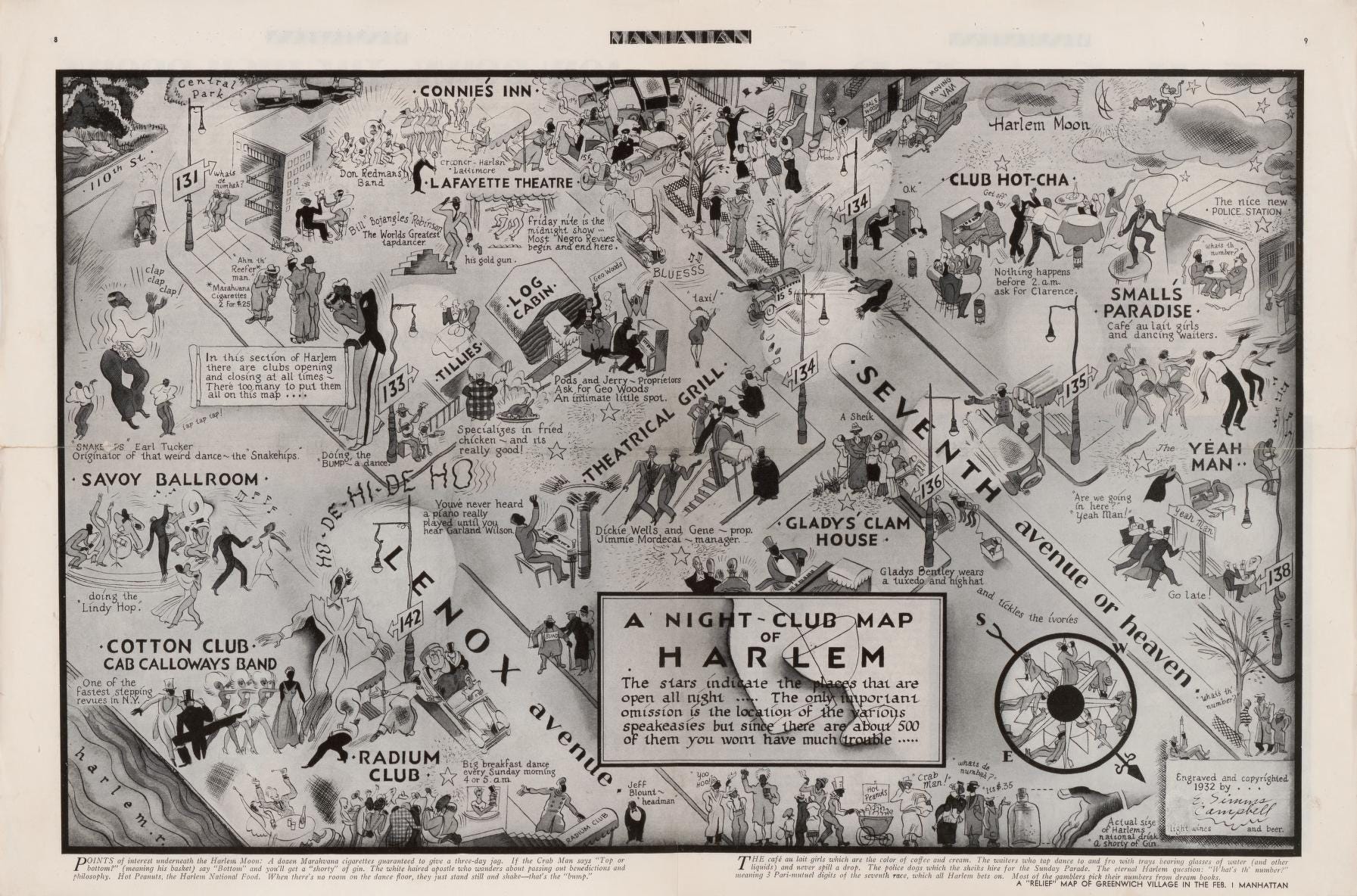
More info, Campbell bio and high resolution image here
The map showing Harlem's hotspots for entertainment, dining, and drinking appeared as a centerfold in the January 18, 1933, edition of the short-lived weekly _Manhattan Magazine_. His work was an important contribution to Harlem's cultural renaissance--it serves as a time capsule--the itinerary and guide of a typical Friday night at the peak of the Harlem Renaissance.
Title: A night-club map of Harlem
Creator: Campbell, E. Simms (Elmer Simms), 1906-1971, cartographer..
Created / Published: New York, N.Y. : Dell Publishing Company, Inc.
Date: 1933
Library of Congress: 2016585261
As many of our users know from the homepage of the TPS Teachers Network, a writer named Meg Medina is currently serving as the Library of Congress National Ambassador for Young People's Literature. I was poking around Meg Medina's Library pages today, and there I found many resources for teachers of ELL students, especially ELL students who speak Spanish.
You can find news releases, blog posts, podcasts, and more. You can access Medina's entire bibliography of children's and young adult books and work toward getting them into your school or classroom libraries.
The page of External Resources is also of value. I listened to one "Latina to Latina" podcast hosted by Alicia Menendez, whom you might know from her work as a weekend anchor for MSNBC. That one interview was titled "How Meg Medina Summoned the Courage to Write," and like many of the materials on the Meg Medina pages, I found culturally relevant examples worthy of sharing with immigrant children in our classrooms. Here's a single quote:
"The trauma of losing your country doesn't happen without consequences."
There is so much in this single podcast that our students can relate to!
I hope members of the Culturally Relevant Pedagogy group will find resources of interest to their students. (i think I'll share this post over in the Teaching English Language Learners group, too.)
If you find anything you'd like to highlight from Meg Medina's pages, please share in the comments!

Meg Medina, National Ambassador for Young People's Literature, 2023-24
Photo credit: Scott Elmquist
Pre K - 2 3 - 5 9 - 12 Bilingual Education/ESL English/Language Arts Library ELL LatinX Culturally Relevant Pedagogy
From the success of the annual children’s edition of The Crisis, the official journal of the NAACP, started in 1910, came a short-lived magazine especially for Black children called The Brownie’s Book. Here are some resources about this ground-breaking magazine including Library of Congress blog postings as well as numerous digital copies of the magazine.
Given the current awareness of the need for diversity in education and especially in collections found in school libraries, I think this early publication could be useful in culturally relevant lessons in the classroom and the library. Your thoughts?
W.E.B. DuBois and The Brownies’ Book
https://blogs.loc.gov/loc/2022/08/w-e-b-dubois-and-the-brownies-book/?loclr=ealocb
The Brownie’s Book https://www.loc.gov/item/22001351?loclr=blogloc
Rare Book of the Month: W.E.B. Du Bois’ Brownies https://blogs.loc.gov/loc/2017/02/rare-book-of-the-month-w-e-b-du-bois-brownies/
The Tar Baby and the Tomahawk: Race and Ethnic Images in American Children's Literature, 1880-1939 http://childlit.unl.edu/topics/edi.brownies.html
Holmes, Anna (2021) The Magazine That Helped 1920s Kids Navigate Racism https://www.theatlantic.com/culture/archive/2021/02/how-w-e-b-du-bois-changed-black-childhood-america/617952/ 3 - 5 6 - 8 9 - 12 Library Social Studies/History English/Language Arts children's literature cul;tural relevance

A recent post from Newspapers.Com: "Using Newspapers to Learn More from the 1950 U.S. Census" It's filled with research questions that can be answered by using the 1950 census with newspaper articles of the era. Chronicling America could be used in place and yield great results.
The post begins:
Questions 1 & 2: Address
“Name of street, avenue, or road”; “House and apartment number”
- Search Newspapers.com™ for the street address where your relative lived in 1950. Newspapers of the era included people’s addresses much more often than they do today. You may find news stories, classified ads, legal notices, photos, and more in the local paper that mention your relative’s address. Start by narrowing your newspaper search to the years that your family member lived at the address, but then try broadening the date range to see if it returns other useful matches.
- If searching for the street number and name doesn’t return matches, try searching the local papers for just the street name to learn what was going on in your relative’s neighborhood that may have affected them.
- Look at newspaper real estate ads from the area to learn what homes looked like and what they cost.
Question 4: Farm
“Is this house on a farm or ranch?”
- If the census indicates that your relative lived on a farm, search their local newspaper to see if they are mentioned in notices of land transfers or sales. Your relative might also be mentioned in newspaper ads for crops or livestock.
- Browse papers from the area for news about weather conditions or natural disasters that would have affected your family member’s farm. Or read articles about local and national agricultural regulations and legislation in effect at the time.
Question 7 & 8: Name & Relationship
“What is the name of the head of this household?” “What are the names of all other persons who live here?” “Relationship of person to head of the household”
- People didn’t always give their legal name to the census taker—some may have provided a nickname or initials, for example, or the census taker may have written down an abbreviation of their name. If this is the case for your relative, search newspapers using the name variation used on the census to see if you get new matches.
- If your family member’s name was misspelled on the census, try searching Newspapers.com™ using the same misspelling. If the census taker got it wrong, the newspaper may have as well!
- Search newspapers for the names of other people listed in your relative’s household on the census. This can help you find obituaries and marriage announcements you may not have been able locate before, since family members are often named in these types of newspaper items.
- Don’t forget to do a newspaper search for the names of any boarders or renters listed in your relative’s household. They might be strangers, but they could also be related. Don’t discount them just because they have a different last name.
- Since extended family sometimes lived near each other, skim through prior and subsequent pages of the census to see if you spot any familiar last names. If you do, it might be worth a newspaper search to see if you can determine whether they are indeed related.
And there are many more ideas ....
There is a richly reported July 20, 2022 article in The 74 that is full of primary sources (including letters, ledgers, photos, and a DBQ lesson). It looks at how a law that Rhode Island students be taught Rhode Island’s “African Heritage History” is playing out since its passage last year.
Here's the teaser from the email that alerted me:
'If you were to ask people to name a state involved in the business of slavery …
… Rhode Island probably would never come up,” says University of Wisconsin-Madison professor Christy Clark-Pujara. But in fact, nearly two-thirds of all slave trading voyages that originated in North America — 945 trips between 1700 and 1850 — began in tiny Rhode Island. And the posh city of Newport, home to Gilded Age mansions and the International Tennis Hall of Fame, launched more of those journeys than any port on the continent.
“The streets of Newport were paved with the duties paid on enslaved people,” the UW-Madison scholar tells The 74's Asher Lehrer-Small. “You have an entire economy that is wrapped up in the business of slavery.” Now, the state is requiring schools to teach that forgotten history, and the shift is making a big difference in how some Newport students view their hometown.
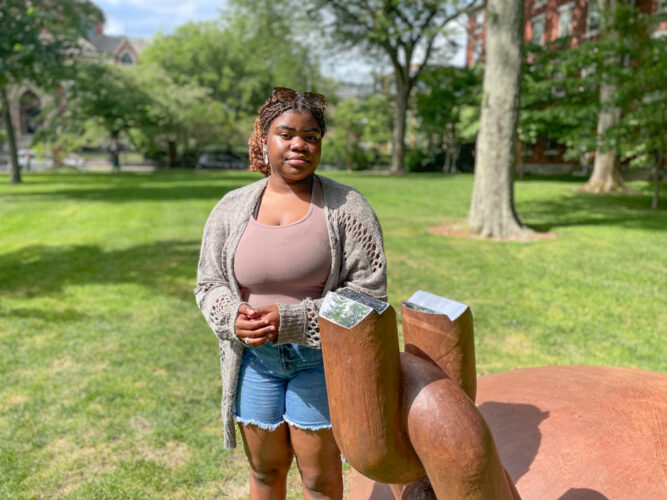
#Social Studies, #enslaved, #slavery, #Rhode Island, #legal, #requirement
Testimonials
- I love that there is new info on the site daily!
- I had a wonderful time working with the Library of Congress and learning about all of the resources at my fingertips!
- The TPS Teachers Network has an equal exchange of ideas. You know it's not a place where you're being judged.
- My colleagues post incredibly fine resources and ideas....the caliber of the suggestions and resources make me feel that I take a lot from it. It's a takeaway. And I hope that I can give back as much as I get.
- Going into this school year, I have a fantastic new resource for my own instruction and to share with my colleagues!
- I am very glad that I discovered the TPS Teachers Network through RQI. Great resources can be hard to find out there on the internet!

